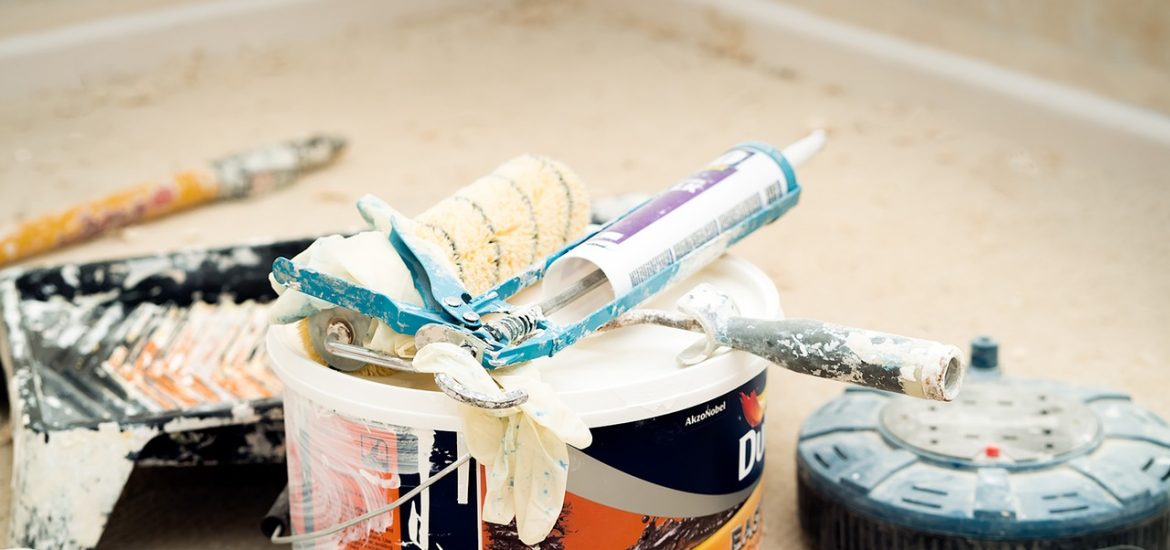Creating a home that’s stylish and functional is a must if you’re in the market for long-term comfort. If you’re considering design updates and renovations, investigate a few of the new ways you can make your home more sustainable.
- Bamboo Flooring
Of all the flooring options, bamboo is one of the best selections for sustainability. Trees that are used for hardwood floors require decades to replace, but bamboo requires only a few years to grow to full height, which makes it a more sustainable option for the environment.
Bamboo makes a great hardwood that’s highly attractive. It can also be used in other applications, such as shutters, countertops, furniture, and even sheets.
- HVAC Maintenance
Most households largely take their heating and cooling system for granted. It’s easy simply to set it and forget about it.
Many homeowners don’t realize they may actually be wasting thousands of kilowatts of energy because they haven’t invested in preventive HVAC maintenance. An HVAC system that runs smoothly and efficiently will use less energy and cost less over the long run.
Many HVAC contractors offer an energy-savings plan that focuses on preventive maintenance with the goal of lowering usage rates.
- Eco-Friendly Paint
Not all paints are created equally. In fact, traditional paint formulas are loaded with man-made chemicals that break down all too slowly.
When painted walls, furniture, and other items enter landfills, the paint can also release toxic chemicals into the environment, thereby poisoning water sources and soil. Low VOC paints are best for the purpose of eco-friendly renovations.
Best of all, these paints have low odor, are self-priming, and create a beautiful finish!
- Buy Used or Reclaimed
Check out Craigslist and other online materials that list sites to find pre-owned or reclaimed items to use for your renovation. You can locate stone, flooring, reclaimed wood, paint, and many other desirable materials for free or an affordable price.
Purchasing your items from others rather than from a store reduces the volume of waste that gets tossed into the landfill. As a bonus, these items are often already distressed, if that’s the look you desire.
- Fix Insulation
When you’re looking for ways to reduce energy costs, replacing or adding to your current insulation is a great place to start. Over time, insulation in walls and the attic wears down, which reduces the airtight abilities of your home.
As a result, your heating and cooling system will have to work harder to maintain a comfortable environment. Fortunately, new insulation formulas are better than they’ve ever been.
You can use spray-foam insulation and fiberglass batts and blankets to create a secure, effective barrier between your home’s interior and the outdoors, and conserve energy holistically.
- Focus on Lighting
So much of our home energy is directed into lighting our residence, and accounts for around 15 percent of our energy bills. Artificial light is important, but we can be more prudent about how we use it.
For example, you can install LED light bulbs, which waste far less power on heat, in contrast to incandescents. They can also last for decades!
You could also allow more natural light in your home. A room that has plenty of windows does not need artificial light during the daytime (unless, of course, you live in the far north). A sun tunnel or skylight also reduces your need for artificial light during the day.
- Choose Water-Efficient Bathroom Fixtures
The average person uses around 90 gallons of water every day. This means households that contain four people may well consume 360 gallons of water each day!
You can cut your water bill by more than 30 percent by installing low-flow shower heads, toilets, and faucets. The initial investment is admittedly expensive, but the long-term savings, for both your bank account and the environment, will be well worth the expense!
- Hire a Green Renovator
Many builders are more focused on money and speed, and care little for their environmental impact. Hiring a renovator who is concerned about the environment and has experience working with eco-friendly materials will save you time, money, and hassle in the future.
You can have speed, efficiency, and affordability with a green contractor as well. Select someone who has adequate experience and displays a willingness to follow your instructions, and be clear about your wishes to achieve the sustainable updates you seek!

